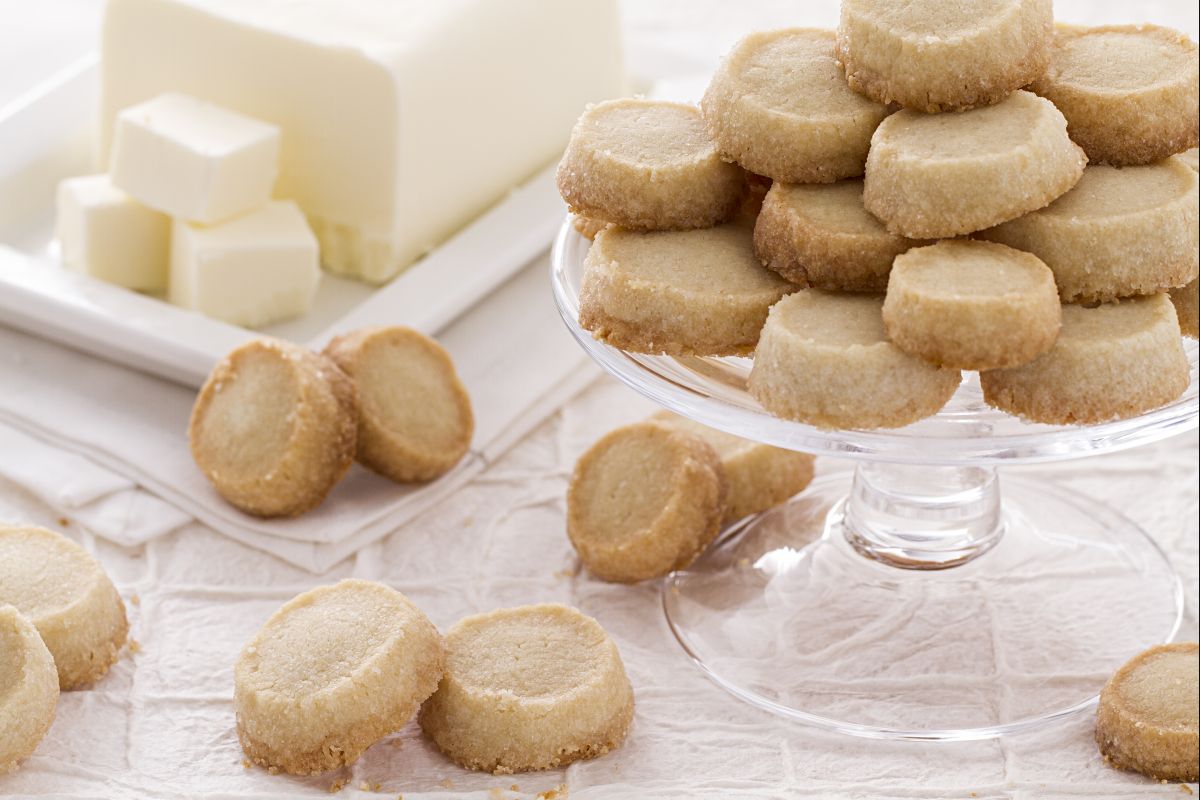Baci di dama (Hazelnut cookies)
- Average
- 57 min

So, sablés cookies. They're classic treats from French baking traditions, and, honestly, they're just super, super tender and buttery. What really makes these French butter cookies stand out is that unique sandy, crumbly bite—the word “sablé” even means “sandy” in French. You can totally tell why with every bite. Really, these aren’t your average biscotti recipe; there are no eggs in the dough, just really good butter, sugar, and flour. And trust me, the quality of the butter is everything. It gives you that rich aroma and that melt-in-your-mouth, moist feel.
Some folks like to toss in a bit of cinnamon or maybe a pinch of salt, just for that little sweet-and-salty kick. In France, you might find them made with salted butter for an extra punch—which is great—making the flavor really pop.
Here's the thing, one reason people love this easy biscotti recipe is because there aren’t a lot of steps, yet the end result is so crispy and satisfying. The cookies are usually round with that pale, golden look that just screams classic sablé. And listen, every region in France seems to have its own twist, so sometimes you’ll find sablés cookies with extra spices or maybe flavored with a touch of vanilla.
Some bakers even add a sprinkle of sugar on top just before baking. Why? It makes the outside a bit crunchy while the inside stays nice and tender. These homemade French cookies are perfect with coffee, or just as a special snack. Pretty simple. They remind folks a bit of shortbread, but with that special French sandy texture that’s hard to forget. It’s a simple recipe, but, to be honest, it feels fancy enough to impress anyone. Whether you’re an experienced baker or a newbie, these cookies are great for showing off your skills while keeping it deliciously simple. Can't go wrong. Really, you can't.

To prepare the sablé cookies, put the softened butter at room temperature, divided into cubes, in a mixer 1, granulated sugar 2, salt, and vanilla extract 3.

Turn on the mixer and cream the ingredients 4. Sift the flour, add it to the mixture 5 and turn on the mixer to obtain a crumbly dough 6.

Transfer the dough to a lightly floured work surface 7: it will be very soft and difficult to work with, so compact it to make it smooth 8, then flatten it a bit with your hands, cover it with a sheet of plastic wrap 9 and place it in the refrigerator to harden for at least half an hour (or in the freezer to speed up the process).

After this time, take the dough out of the fridge and shape it into 4 cylinders with a diameter of 1.18 inches 10. Cover the cylinders with plastic wrap 11 and let them rest in the refrigerator for at least 3 hours, so the dough firms up well. Once this time has passed, roll each cylinder in granulated sugar, so that the entire surface is covered 12.

With a smooth-bladed knife, cut the cylinders into discs with a thickness of 0.79 inches 13, place the cookies obtained on a baking sheet lined with parchment paper, and bake them in a preheated oven at 392°F for about 15 minutes, until they are slightly golden. Remove them from the oven and transfer them immediately to a rack 15 so they do not continue to cook with the latent heat of the baking sheet. Your sablé cookies are ready to be enjoyed!